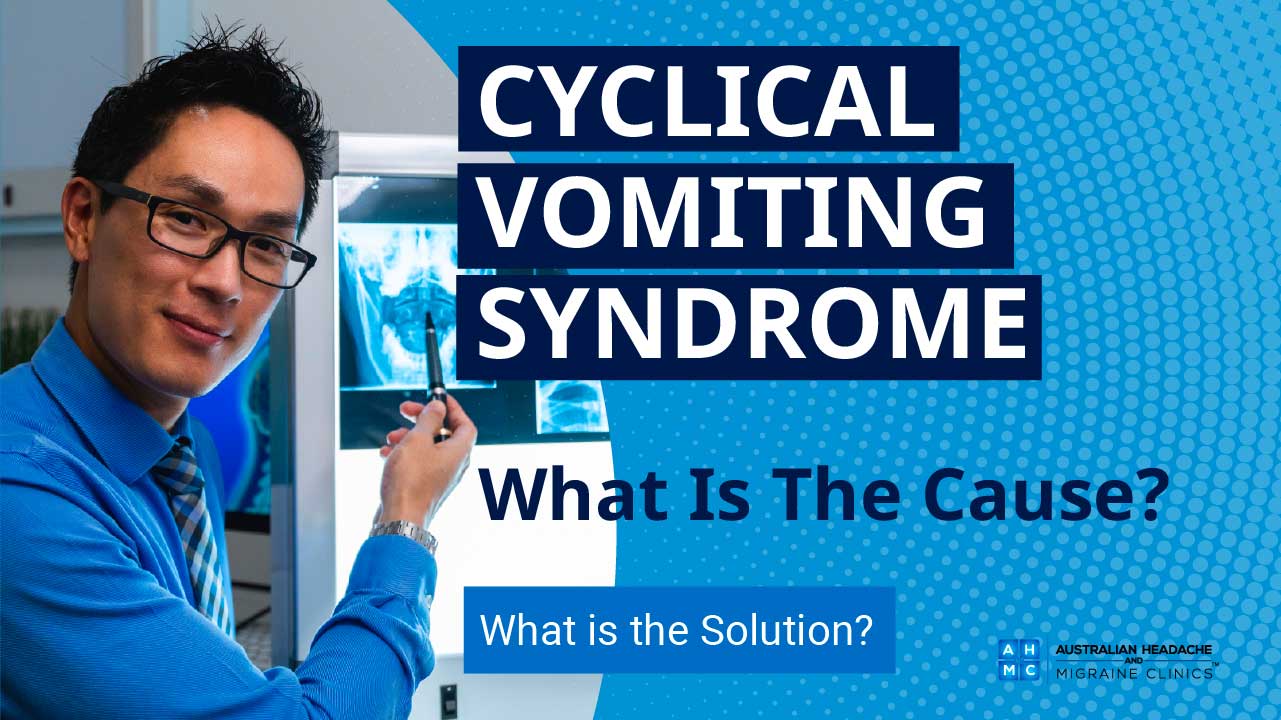I Suffer From Cyclical Vomiting Syndrome
Cyclical Vomiting Syndrome Treatment
The main presentation of Cyclical Vomiting Syndrome (CVS) is episodes of severe vomiting followed most often by complete symptom-free periods, hence the cyclical nature of the disorder. However, occasionally sufferers may experience mild symptoms in-between. The episodes can last anywhere from 1 hour up to 10 days.
CVS is more common in children, with children ages 3-7 most affected. Some cases of CVS can occur in adults as well.
At the Brisbane Headache and Migraine Clinic™, our headache experts have seen countless CVS sufferers. So, if you suffer from CVS, and medication has given you no significant relief, then we believe that you should have a thorough examination of your brainstem and receive Cyclical Vomiting Syndrome treatment.









